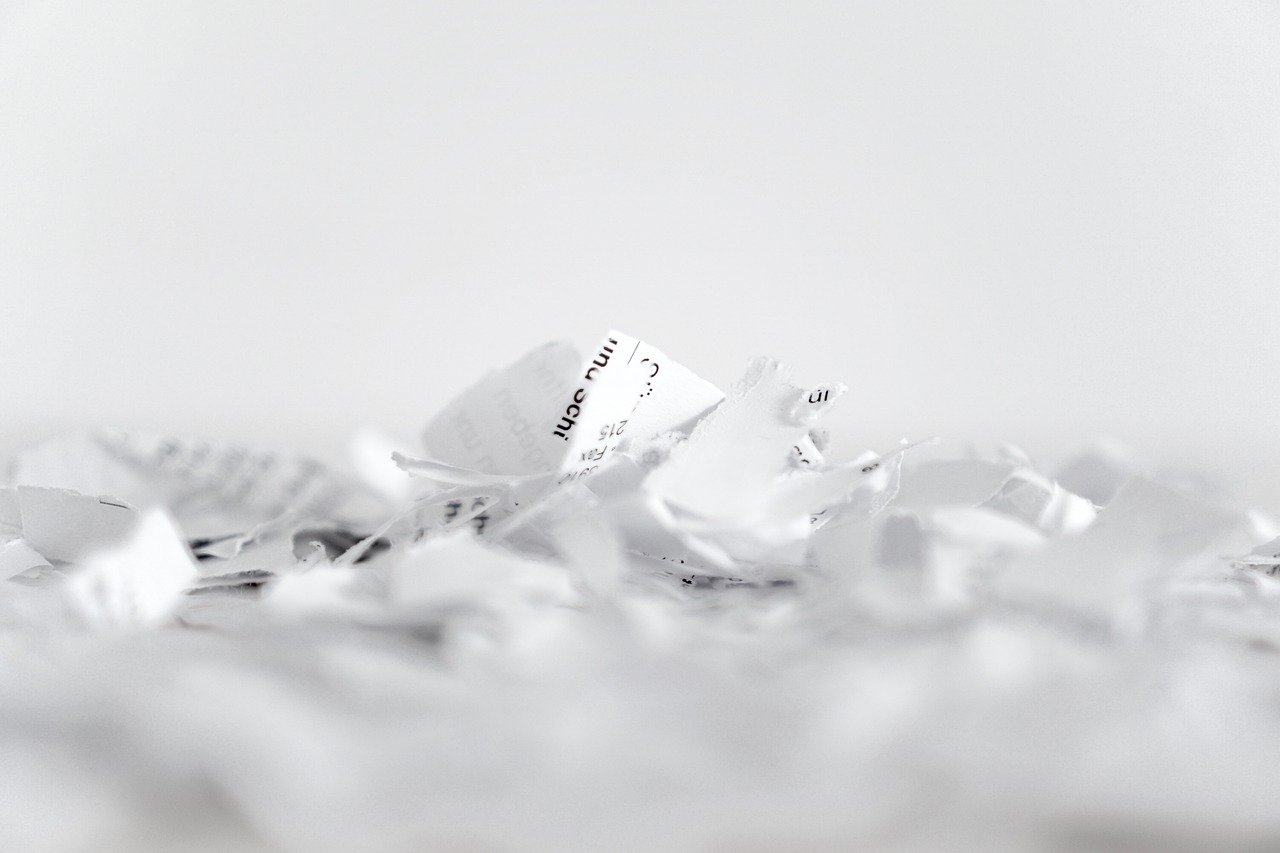Recycling waste paper is an essential process for conserving natural resources, reducing environmental impact, and creating valuable products. This in-depth guide will explore the methods, benefits, and innovations in recycling waste paper. We’ll also discuss practical steps and applications to help individuals and businesses adopt sustainable practices.
What Is Waste Paper Recycling?
Waste paper recycling is the process of converting used or discarded paper products into new materials or products. This process involves collecting, sorting, and processing paper waste to create a wide range of recycled goods, reducing the need for raw materials like wood pulp.
Why Is Recycling Waste Paper Important?
Recycling waste paper is vital for several reasons:
- Conservation of Natural Resources: Recycling 1 ton of paper saves approximately 17 trees and 60,000 gallons of water (Duraisamy & Rajeswari, 2012).
- Energy Efficiency: The process requires 225 kilowatt-hours of energy per ton, significantly less than producing paper from virgin materials.
- Reduction in Landfill Waste: Recycling reduces the amount of waste sent to landfills, conserving space and reducing methane emissions.
- Economic Opportunities: Recycled paper can be turned into consumer goods, packaging, and industrial materials.
The Process of Recycling Waste Paper
Step 1: Collection and Sorting
The first step involves collecting waste paper from homes, offices, and industries. Sorting is crucial to separate paper types like newspapers, cardboard, and office paper.
- Tools Used: Mechanical and optical sorting systems equipped with infrared and color sensors (Rahman et al., 2014).
- Goal: To ensure high-quality recycled products by removing contaminants like staples, glue, and ink.
Step 2: Shredding and Pulping
The sorted paper is shredded into smaller pieces and mixed with water and chemicals to create pulp.
- Chemical Additives: Enzymes, de-inking agents, and bleaching chemicals.
- Applications: Pulp is used to make new paper products such as tissues, newsprint, and cardboard.
Step 3: De-inking and Cleaning
Ink, dirt, and adhesives are removed using flotation and dispersion methods.
- Flotation Technique: Chemicals separate ink particles from fibers (Handke & Grossmann, 2012).
- Goal: To produce cleaner, higher-quality recycled paper.
Step 4: Drying and Rolling
The cleaned pulp is dried and rolled into sheets for further processing. These sheets become raw materials for various paper products.
Step 5: Final Applications
Recycled paper is converted into items like:
- File covers
- Greeting cards
- Cardboard packaging
- Biodegradable antimicrobial films (Oliva et al., 2020).
Innovative Methods for Recycling Waste Paper
Cellulose Nanocrystals (CNCs)
- Innovation: Extracting CNCs from waste paper to reinforce polyurethane elastomers.
- Benefits: Enhanced thermal and mechanical properties for industrial applications (Lei et al., 2019).
- Use Case: Durable materials for outdoor and load-bearing applications.
Biodegradable Packaging
- Process: Waste paper is dissolved in sulfuric acid to produce transparent cellulose films.
- Applications: Food packaging with antimicrobial properties.
- Example: Rapid conversion methods that reduce UV transmittance (Oliva et al., 2020).
Practical Applications of Recycled Paper
| Application | Description | Example Products |
| Consumer Goods | Paperboards, tissues, and greeting cards | File covers, notebooks |
| Industrial Materials | Durable composites made from CNCs | Polyurethane elastomers |
| Construction | Lightweight, shock-absorbing bricks | Bricks from paper mill waste (Raut et al., 2012) |
| Packaging | Biodegradable films | Antimicrobial food wrappers |
Environmental and Economic Benefits
Environmental Impact
- Reduces deforestation.
- Lowers greenhouse gas emissions.
- Saves water and energy.
Economic Benefits
- Creates jobs in the recycling industry.
- Reduces manufacturing costs by using recycled raw materials.
How You Can Contribute
At Home
- Sort your waste paper into recyclable and non-recyclable categories.
- Use designated recycling bins.
- Reuse paper for crafts or notepads.
In Offices
- Implement a paper recycling program.
- Use digital alternatives to reduce paper waste.
For Businesses
- Invest in waste paper recycling technologies.
- Partner with recycling facilities to manage waste efficiently.
Future of Waste Paper Recycling
Advancements in Technology
- AI Sorting Systems: Improved precision in separating paper grades.
- Green Chemicals: Eco-friendly solutions for de-inking and bleaching.
Research and Development
- Exploring alternative uses, such as generating bioenergy and creating advanced composites.
Conclusion
Recycling waste paper is a vital step towards sustainability. By adopting innovative methods, individuals and industries can conserve resources, reduce environmental harm, and create valuable products. Whether at home or in business, your efforts in recycling waste paper contribute to a greener future.

Leave a Reply